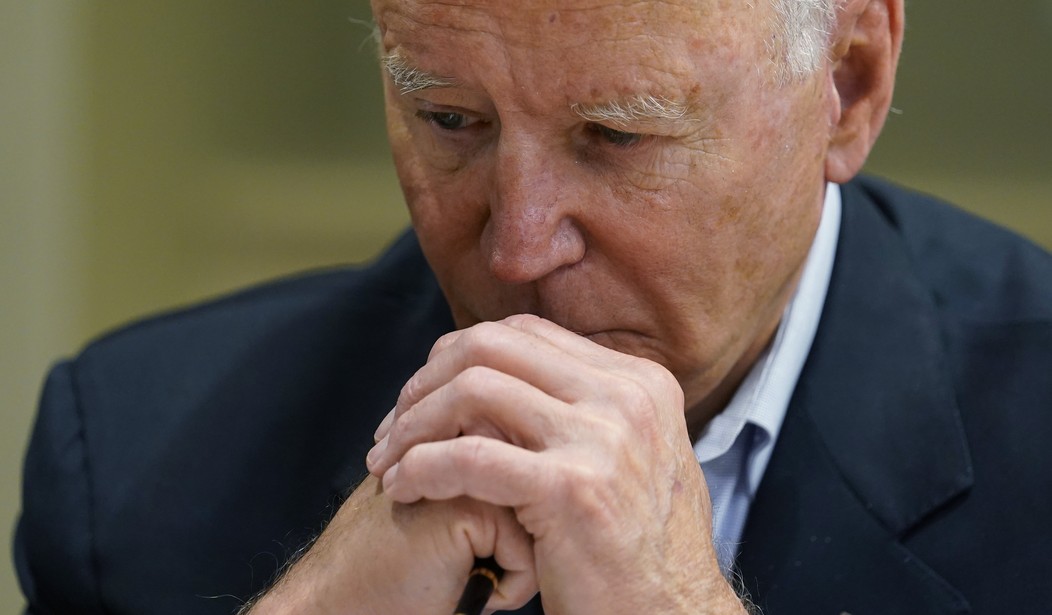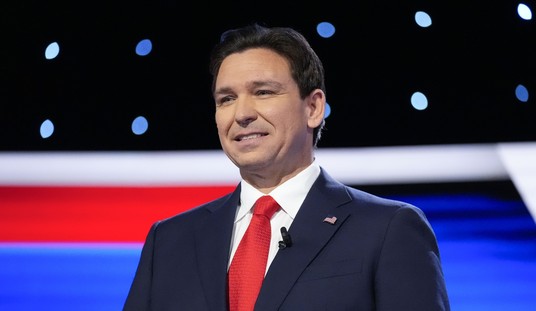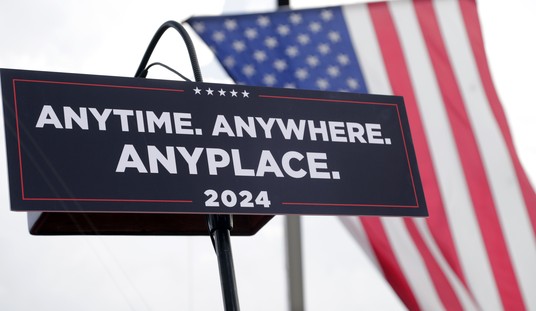Who could have predicted this? I hate to say I told you so, but — actually, I love to say I told you so. And now CNN tells you so, too:
Companies big and small are raising wages to attract workers and hold onto employees as the economy revs back into gear.
But those fatter paychecks aren’t going as far, thanks to rising inflation.
In fact, compensation is now lower than it was in December 2019, when adjusted for inflation, according to an analysis by Jason Furman, an economics professor at Harvard University.The Employment Cost Index — which measures wages and salaries, along with health, retirement and other benefits — fell in the last quarter and is 2% below its pre-pandemic trend, when taking inflation into account. (Wages and salaries are growing at a faster pace than benefits.)
“The hot economy is heating prices more than it is heating wages,” said Furman.
The incentives built into the relief bills, as well as the massive money printing those required, practically guaranteed this outcome. Businesses had to raise wages in order to compete with the artificial intervention created by the federal pandemic unemployment bonus. Progressives cheered that as a back-door path to raising wages, but that also raised prices as businesses adjusted to the higher labor costs. At the same time, the demand created by artificial stimuli in three relief bills went through the roof at the same time that labor shortages created less supply.
Not only did all of this create a self-perpetuating inflationary cycle, it created an utterly predictable inflationary cycle that has eroded whatever gains were made in buying power. The news didn’t get any better today on the inflation front, which now looks anything but transitory:
Inflation remained elevated in July, as the economy continued to rebound amid pandemic-related shortages of labor and supplies.
The Labor Department reported Wednesday that its consumer-price index rose 5.4% in July from a year earlier, the same pace as in June and the highest 12-month rate since 2008.
The CPI climbed a seasonally adjusted 0.5% in July from June, a slightly cooler pace than its 0.9% increase in June from May.
The index measures what consumers pay for goods and services, including groceries, clothes, restaurant meals, recreation and vehicles. The so-called core price index, which excludes the often volatile categories of food and energy, increased 4.3% from a year before.
And the WSJ points out the obvious:
Booming demand as the economy reopens has outpaced the ability of businesses to keep up. Many companies are passing on higher labor and materials costs to consumers. The shortage of semiconductors that has crimped auto production has caused prices to soar for new and used vehicles, as well as rentals.
Businesses can’t keep up with demand because (a) demand has been artificially spiked by government to boost short-term economic metrics, and (b) labor shortages have been artificially induced by government interventions, both in pandemic-UI programs and in commerce restrictions due to the COVID-19 Delta variant.
That’s bad news, but the worse news is yet to come. When those interventions end, especially the unemployment subsidies, demand for goods and labor is likely to drop significantly. That will reverse the pressure on wages, but it will still leave inflation in place for a while. That will erode both buying power and savings for longer than the wage increases will sustain themselves, perhaps a lot longer.
CNBC finds a silver lining in the data, noting that inflation in core CPI has slowed … slightly:
The government said CPI increased 0.5% on a month-over-month basis, matching a consensus forecast from economists surveyed by Dow Jones.
So-called core inflation, which excludes energy and food, rose by 0.3% last month, shy of a forecasted 0.4% increase and well below June’s rise of 0.9%. The core figure is up 4.3% over the last year, a slight deceleration from June’s 4.5%.
Economists often consider core CPI to be a more reliable indicator since it’s insulated from the frequent swings in petroleum and food prices.
It’s not a bad metric for economists to follow, but it doesn’t measure the impact of inflation on households. Core CPI might better track the potential arc of inflation, but many households don’t purchase much else than gasoline and food on a regular basis, especially in the pandemic. Those are two of the main items on which most people have to spend money, especially lower-income households that don’t have much disposable income left for non-essentials.
After the pandemic-UI programs end in September, keep a close eye on consumer purchases and wages in the aftermath. The sudden flood of workers back into the system at the same time that the stimulus impact on consumer demand will likely fade entirely suggests a grim fall and winter for the US economy.








Join the conversation as a VIP Member